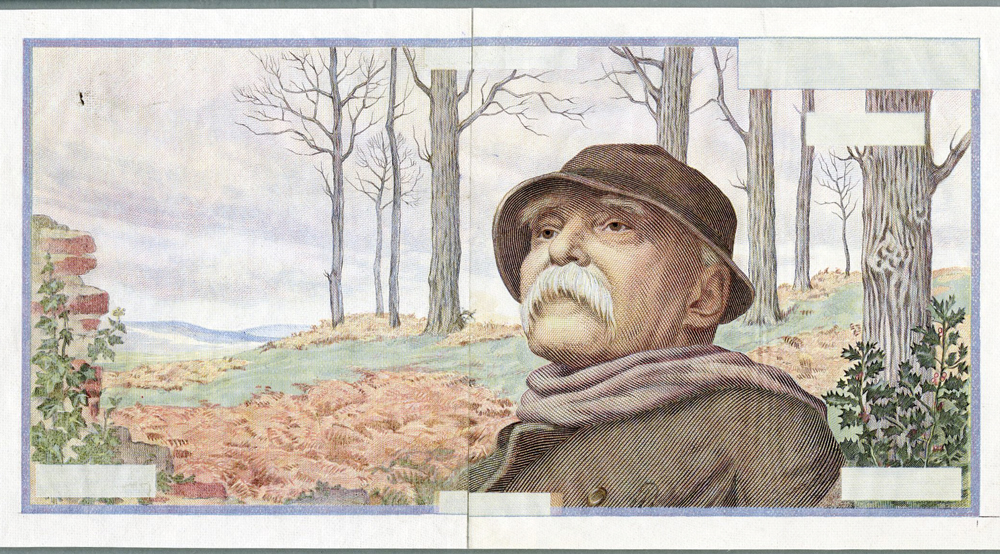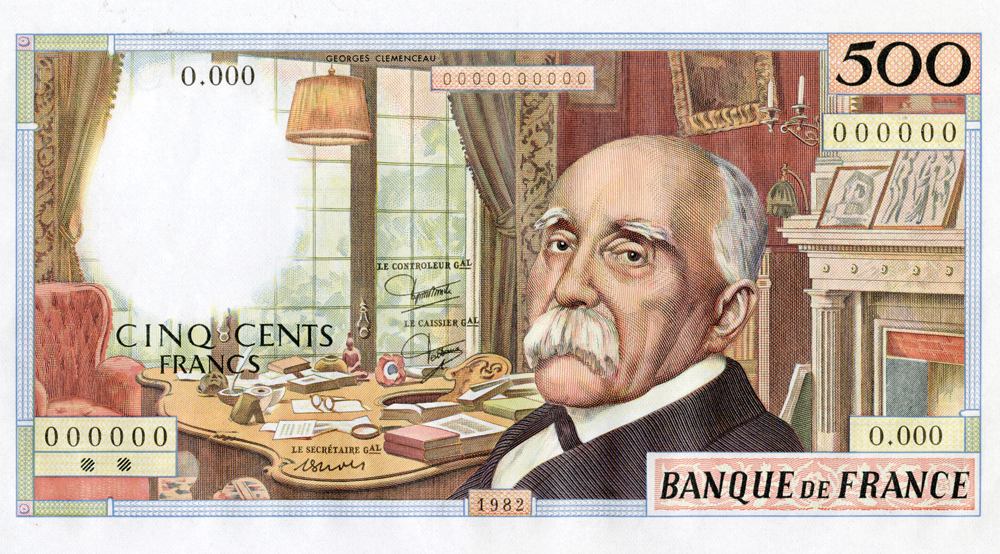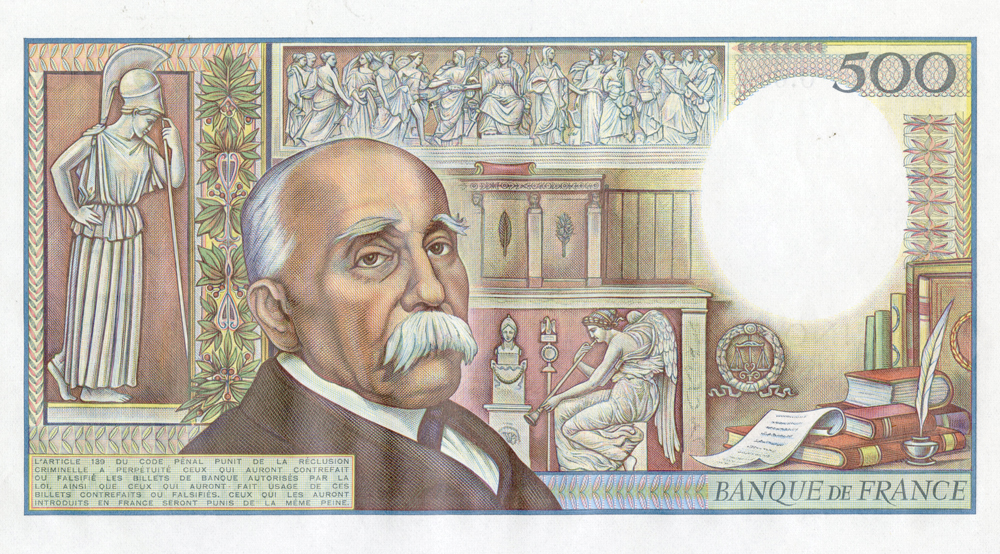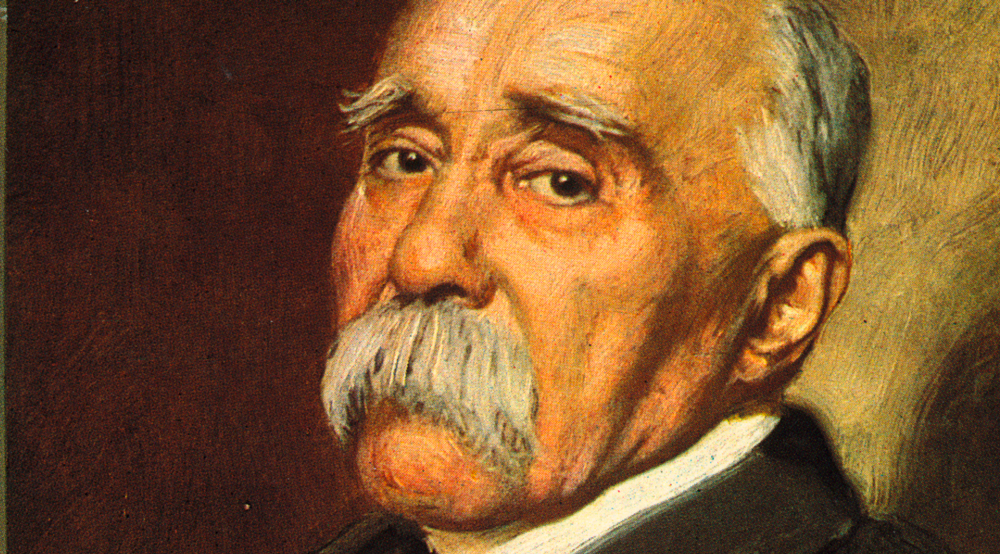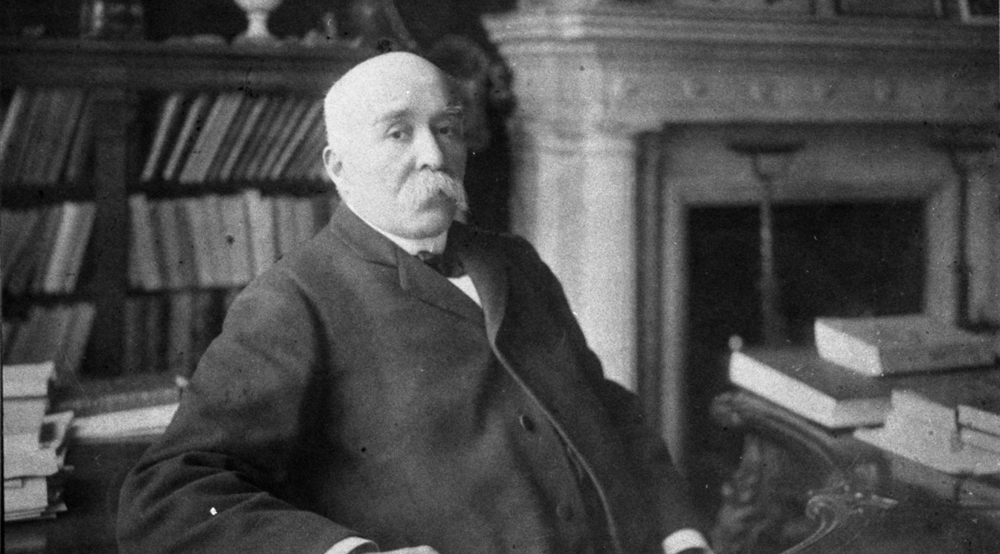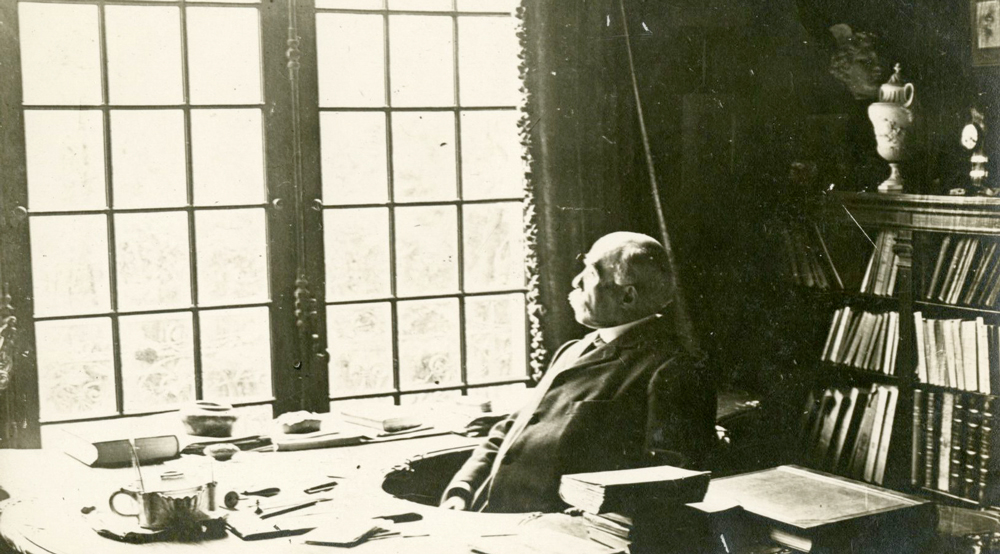For more than twenty-five years, a draft banknote bearing the image of statesman Georges Clemenceau was crafted in the workshops of the Banque de France, in the strictest confidence. It was never issued. Here is the eventful story of this banknote, unknown to the general public.
In the mid-1950s, the Banque de France commissioned a complete range of banknotes ranging from 500 to 50,000 francs. This range was to be illustrated by highly esteemed and emblematic French personalities. After considering Foch, Corneille, Racine, Pasteur and Voltaire, the choice fell on Georges Clemenceau. He is above all known as "Father Victory" of 1918, to whom the Banque de France wishes to pay tribute by issuing a new banknote. This very military choice, just after the French defeat of 1954 in Indochina, is a reminder that France ranks among the world’s greatest powers and has not only experienced setbacks.
The first model presents Clemenceau wearing the hat he wore during his visits to the front-line trenches during the First World War (photo 1).
However, the historical events that followed altered this project. The French ministries were busy setting up the European Economic Community (EEC) and the European Atomic Energy Community (Euratom), which were created by France, West Germany, Belgium, Italy, Luxembourg and the Netherlands on 25 March 1957 with the Treaty of Rome. The Franco-German Treaty of Friendship was signed on 22 January 1963. During this period of reconciliation, it was considered diplomatically inappropriate to issue a banknote celebrating one of the key players in the German defeat of 1918.
The Banque de France kept the project close at hand and re-examined it regularly: the original illustrations were replaced and it was kept up to date through frequent technical improvements in order to be used in the event of massive counterfeiting of the 500 franc denominations in use.
The "Father Victory" was replaced by the "Tiger" with a long public career
On these new versions, the "Father Victory" was replaced by the "Tiger" with a long public career: Clemenceau was successively journalist, publisher, deputy, president of the Council. In 1977, the composition of the banknote was completely reviewed in order to integrate some of the new anti-counterfeiting security features, such as the perfect overlapping of the portraits on both sides. The new vignette, painted by Pierrette Lambert, features in its composition many very specific details that enrich its content and refine its contours, to make it harder for counterfeiters to copy the banknote.
Clemenceau was subsequently presented bareheaded, in the more solemn stature of a statesman. On the front of the banknote (photo 2), he is seated in his study, in the apartment at 8, rue Benjamin Franklin in Paris, which is today the Clemenceau Museum. We discover the interior of his Parisian home, with its famous U-shaped desk, on which stands, in front of the bay window, a statuette of Buddha. The watermark constitutes a pool of light flooding the study, through the closed window. Mirroring Clemenceau’s private sphere, the back of the banknote (photo 3) illustrates his public life. His portrait, placed in front of the perch of the National Assembly, evokes his parliamentary life and his talent as an orator. We recognise in particular the famous relief by the sculptor Lemot displaying republican symbols. On the left, the statue of Athena, goddess of wisdom and war, underlines Clemenceau’s attachment to Hellenic culture and his action during the 1914-1918 war. On the right, the books refer to his talents as a writer and his career as a journalist.
In 1979, a new version of the banknote was ready to be issued but it finally suffered the same fate. The creation of the European Monetary System (EMS) made it once more untimely to issue this banknote.
In the early 1980s, a quarter of a century after the first projects, the "Clemenceau" banknote was, technically, at the end of its rope: without a very substantial overhaul, it could not feature all the technological innovations that must be integrated in the banknotes. From a symbolic perspective, the reference to Clemenceau remained delicate. The Franco-German couple (Pompidou-Brandt then Giscard d’Estaing-Schmidt) broadened the scope of cooperation: the rapprochement was extended to educational exchanges, the movement of people, military aspects and defense. It culminated in 1984 when President Mitterrand and West German Chancellor Kohl symbolically held hands during the performance of the two national anthems in Douaumont, the resting place of tens of thousands of victims of World War I.
The Cité de l’Économie et de la Monnaie will present a proof of this unissued banknote, taken from the collection of the Banque de France, which is one of the masterpieces of the French school of banknotes.
You will find more detailed information on the lengthy progress of the Clemenceau banknote project, in the book by Jean-Claude Camus, "Billets secrets de la Banque de France" (2017) published by Artelia.
We would like to thank the Clemenceau Museum which graciously provided us with photos 4, 5 and 6 illustrating this article.
Photo credits:
Photos 1, 2 and 3: Paris, Banque de France collection
Photos 4, 5 and 6: Paris, Clemenceau Museum collection
Published on 25 October 2017. Updated on 27 February 2024
Explore also...
-
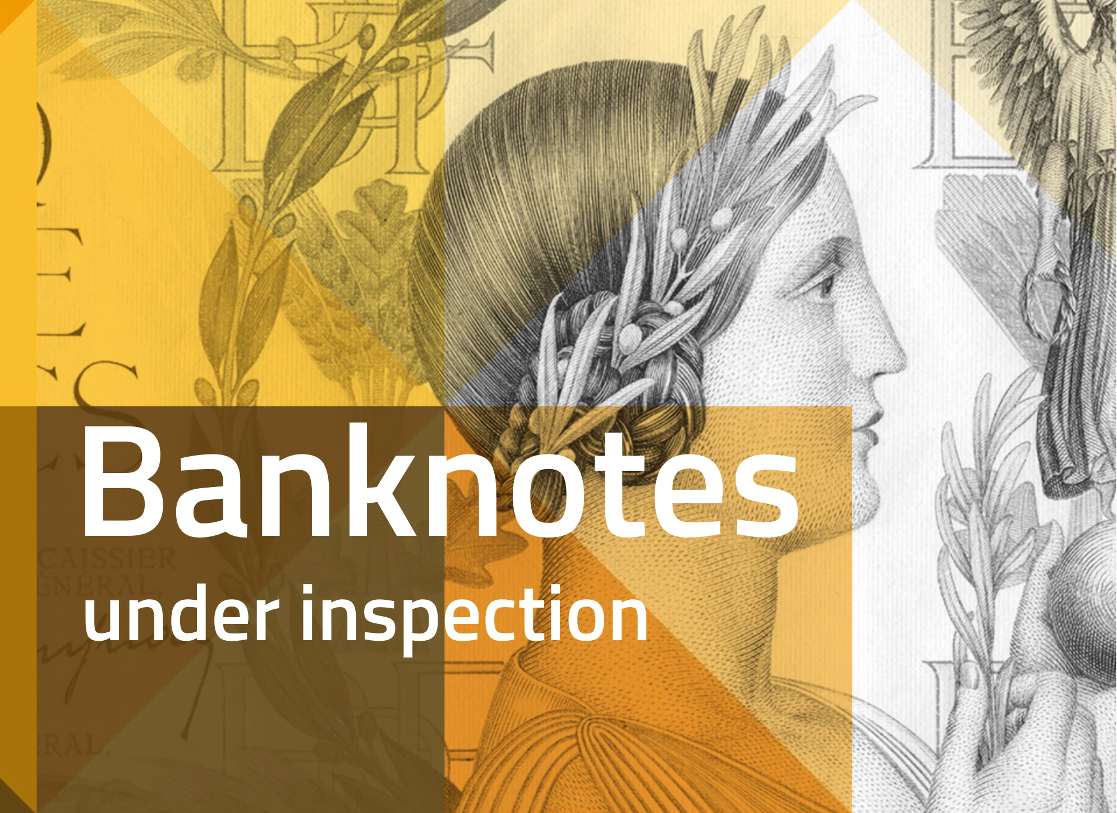
The City, Resources, The keys of the economy, Treasures, Banknotes and coins
Banknotes under inspection
-
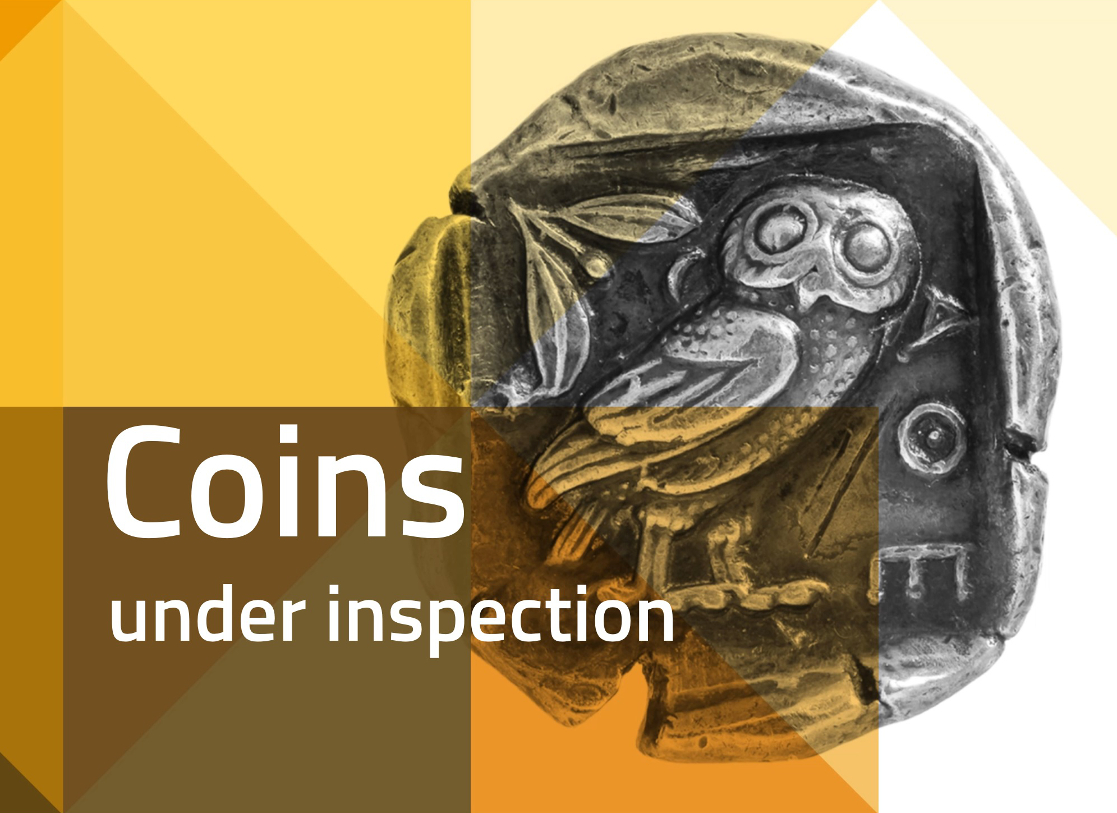
The City, Resources, The keys of the economy, Treasures, Banknotes and coins
Coins under inspection
-

The City, Resources, The keys of the economy, Treasures, Banknotes and coins
Banknotes under inspection
-

The City, Resources, The keys of the economy, Treasures, Banknotes and coins
Coins under inspection
-

The keys of the economy, Players, Businesses
A game (in French) for learning about economics

